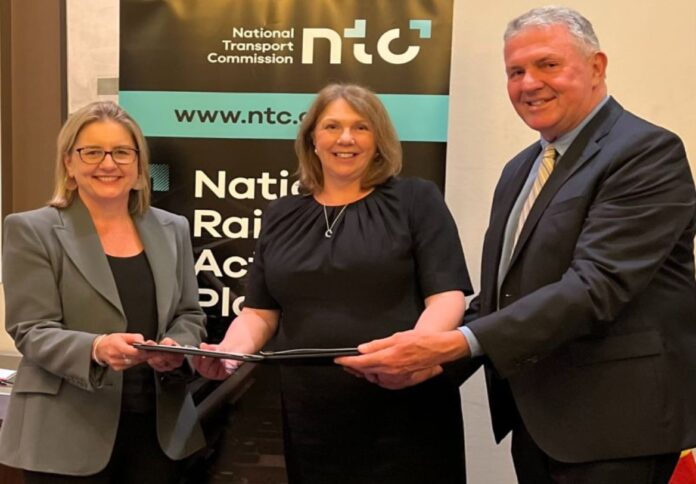
The Australian and Victorian Governments, as well as the Australasian Railway Association (ARA) on behalf of senior rail industry leaders, have signed a Memorandum of Cooperation to enhance the interoperability of the rail network in the country.
The agreement, which will see rail play a more significant role in the national economy, builds on the Albanese Government’s commitment to delivering the National Rail Manufacturing Plan to support the growth of the rail manufacturing sector and create skilled manufacturing jobs.
As part of the deal, a National Rail Advocate and Rail Industry Innovation Council will soon be appointed by the federal government to enable the plan and boost transformation in Australian rail manufacturing such as bolstering domestic capabilities and strengthening supply chains.
The Memorandum of Cooperation binds rail operators, construction companies, manufacturers, and ministers of transport to cooperate in order to increase rail interoperability, particularly for any upcoming significant rail projects, the government said in a media release.
Improving national rail interoperability has been named by the federal government as one of five priorities for collective action.
In December, Victorian and Federal government infrastructure and transport ministers agreed to a number of productivity and safety measures, including setting a small number of critical national rail standards and aligning the different train control and signalling technologies used along the eastern seaboard,
Also included in the priorities is the reduction of the burden that different rail approaches have on drivers, crew and maintenance workers.
“Improving interoperability of the national rail network will mean more people will be employed, more manufacturing will be local, and more passenger and freight services will travel by rail,” said Minister for Transport, Regional Development and Local Government Catherine King.
With the first signings of the memorandum, King emphasised that all governments and businesses are obligated to cooperate to make sure that rail can play a bigger part in the country’s future.
“Working together will be the catalyst that delivers an Australian rail network that operates smoothly across state borders, by using compatible technologies and systems,” the minister concluded.

















